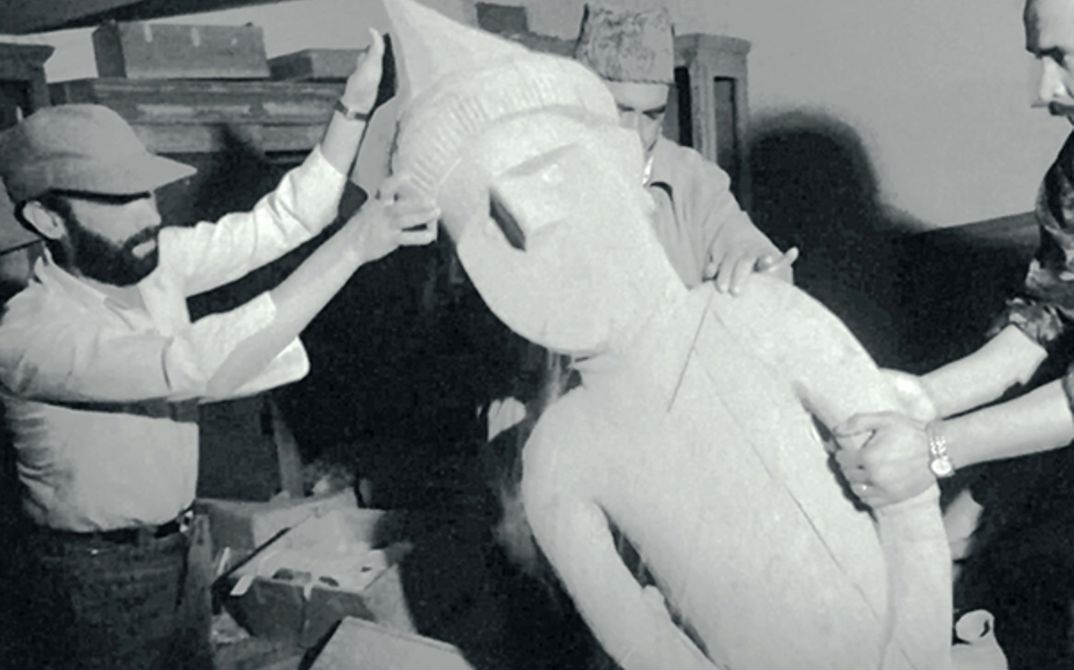Kabul’s hidden treasures
KHAN-E TARIKH is a short documentary made by eight cameramen from Afghan Films, the national film institute of Afghanistan, during the turbulent years of 1993-95. The first ten minutes of this film combine poetic narration and stark images to show the total destruction of Kabul during this period – first by factions within the mujahidin government, which tore the city apart in their struggles for power, and then by the advent of the Taliban, who bombed and burned much of what remained. Then the film takes an unexpected turn, into the fresh ruins of the Kabul Museum, where the animist, Hellenic, Buddhist, and Islamic histories of Afghanistan have always mingled through their artefacts. As former employees of the archaeological museum pack its remaining treasures into crates destined for the vaults below the Ministry of Culture, carefully sifting the shards of different statues into separate boxes, the museum director explains that they are preserving these fragments of the past, destroyed in the present, in the hope that some point in the future will permit them to be reassembled. That present moment permitted only certain parts of the past to be remembered and preserved; others had to be elided, or destroyed. But the filmmakers, like the museum employees, held out hope that a different moment would arrive, in which other parts of the past could be recovered from all the vaults and crevices and cracks of history, the locked drawers of memory where they had been hidden.
Images, dust and ashes
KHAN-E TARIKH ends with footage from the archives of Afghan Films, shot by some of the same cameramen in the 1970s. The footage shows one of the many historic or archaeological sites that were either severely looted or completely destroyed during the war years; stolen art and artefacts are commonly used to fund causes and forces of all kinds, and Afghanistan’s lost heritage is only gradually being retraced and, when possible, recovered. The film’s narrator reminds viewers that where a great civilization once stood, only these few images, dust and ashes remain. For freedom, and survival, sacrifices have to be made; but not everything has to burn. If, the film suggests, we are too quick to forget or rewrite, smash or sell off our past, we wager the future against the present, the later need against the immediate demand. KHAN-E TARIKH, made in a moment when Afghanistan was violently divided, sets against the freefall of iconoclasm and cataclysm a vision of the real past and possible future museum where all of Afghanistan’s icons and all the histories they index could peacefully coexist. The museum restored in the present stands as a reminder that not all is lost or forgotten, stolen or set aside; that the fire of new faith does not always have to consume everything that came before it; that we can build memorials that encompass not only the cherished, the close and familiar past, but also the stranger, more distant histories, the dusty corners, the fraying fringes, the loose ends and missing pieces. (Mariam Ghani, apa.nyu.edu/MakingMemorySacred/)
